Trade in the Far East
In 1027 BC the Chou came to power in northern China. Their dynasty lasted more than 800 years until 221 BC. During this time, Chinese rule was extended and there was increased trade with other nations. The Chou Dynasty was replaced by the Han Dynasty (202 BC - 220 AD), which is sometimes referred to as the greatest of all Chinese Dynasties. By 200 BC the Chinese culture had produced excellent craftsmen whose products were prized because of their beauty and specialty. Chief among these were products made of silk. During this period only China produced silk, which was exported to places as far away as Rome. Other Chinese exports included spices such as cassia and ginger, iron and jade.
From the earliest times, China conducted trade with Korea, both on land and by sea. From 140 BC regular trade fairs were held on the northern Chinese frontier, where furs and other valuable merchandise from Korea could be bought. Korean ships traveled along the coast, around the northern coast of the Yellow Sea to ports along the Shantung Peninsula, while others crossed the open sea to Nagasaki (Japan).

Map of Far East Trade Routes
Farther south, China conducted trade using Chinese ships known as junks. These carried cargoes along the coast from Canton to to Haiphong (today northern Vietnam). Junks left Haiphong and Foochow to travel via the Philippines to the Moluccas (Spice Islands) and to east Java. The journey took several months, and trade was mostly in cloves, nutmeg and mace.
From as early as 200 BC Chinese junks sailed to the Malay Peninsula and through the Strait of Malacca. There they met and traded with the Indonesian people and with merchants from east India.
It is interesting to note that the Han Dynasty conducted distant trade at the same time that the Nabataeans conducted sea trade. Both of these civilizations rose to power about the same time, and both of them waned at the same time.Interestingly enough, the Dong Son culture in North Vietnam (150 BC - 50 AD) corresponds to roughly the same time, which rose to prominence because of international trade of goods and ideas.
During the time of the Han Dynasty, Chinese products, such as silk reached the Roman Empire. Nabataean merchants not only traded in silk, but began to manufacture silk products in both Damascus and Gaza, known as Damask and Gauze silk products. Some historians have speculated that the rise in international trade during the period of 200 BC to 200 AD helped the Asian and Arabian civilizations rise to great heights, and acquire great wealth.
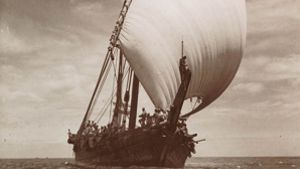
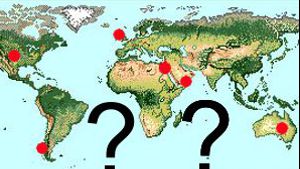
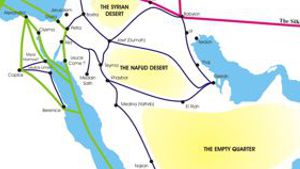
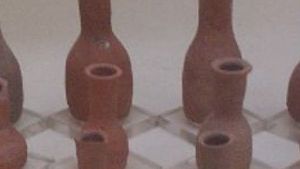
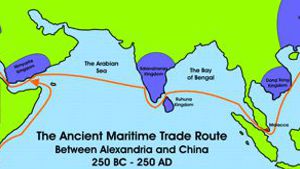
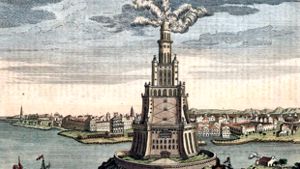




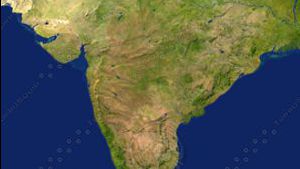


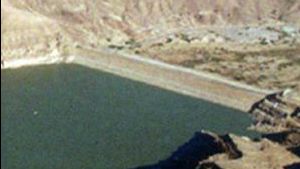
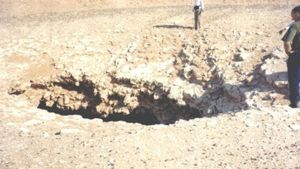

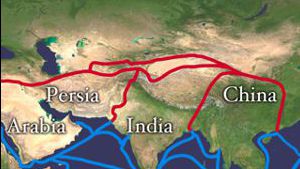
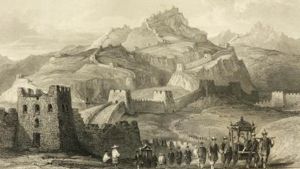

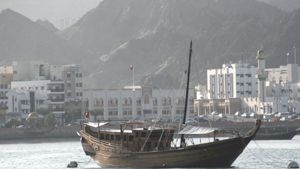



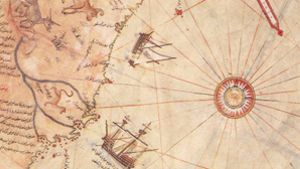
Page Discussion
Membership is required to comment. Membership is free of charge and available to everyone over the age of 16. Just click SignUp, or make a comment below. You will need a user name and a password. The system will automatically send a code to your email address. It should arrive in a few minutes. Enter the code, and you are finished.
Members who post adverts or use inappropriate language or make disrespectful comments will have their membership removed and be barred from the site. By becoming a member you agree to our Terms of Use and our Privacy, Cookies & Ad Policies. Remember that we will never, under any circumstances, sell or give your email address or private information to anyone unless required by law. Please keep your comments on topic. Thanks!